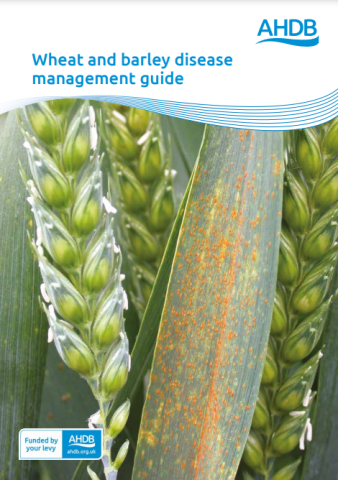This AHDB guide talks through the most important diseases of wheat and barley as well as their control with Integrated Pest Management (IPM) techniques.
Download the guide below.

This AHDB guide talks through the most important diseases of wheat and barley as well as their control with Integrated Pest Management (IPM) techniques.
Download the guide below.
Integrated Pest Management highlights the growth of a healthy crop with the least possible disruption to agro-ecosystems and encourages natural pest control mechanisms. IPM is one of the tools for low-pesticide-input pest management, and IPM must now be implemented by all professional agchem users.
We deliver transformational projects to drive productivity and boost farming and supply chain businesses. We want the industry to thrive in a rapidly changing world and continue to produce high quality food, maintain our beautiful landscape and leave a legacy for generations to come.
The major commodity crops in the UK are wheat, barley, oilseed rape, field beans, sugar beet and potatoes, but around half of agricultural land grows grass.
Cereal diseases affecting wheat, barley, oats, rye, triticale and maize can be caused by a variety of factors, including fungal, bacterial or viral infections, pests and insects, and environmental stress.
Barley is the fourth most important cereal crop in the world, grown in more than 100 countries and used for animal feed, human food and the production of alcohol.